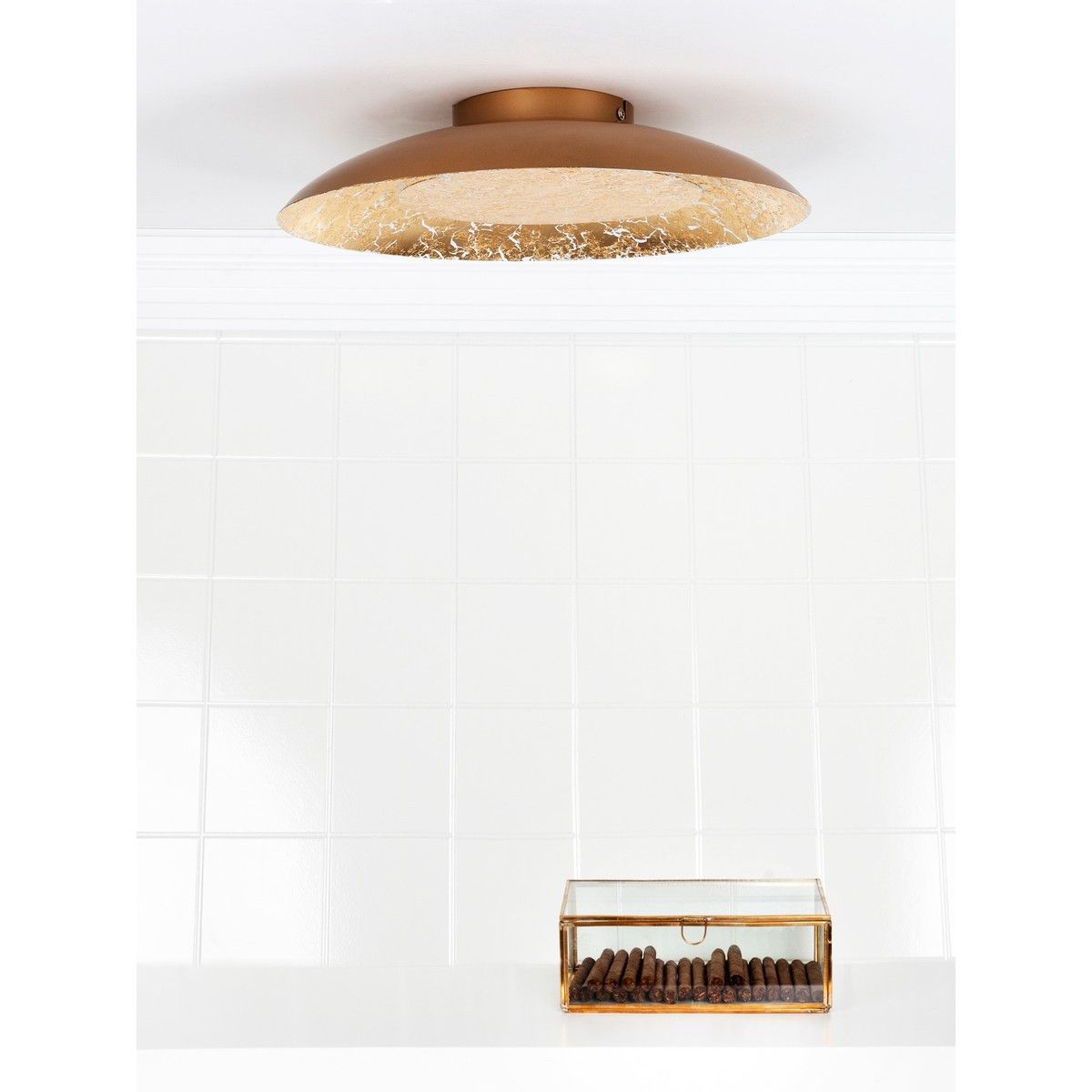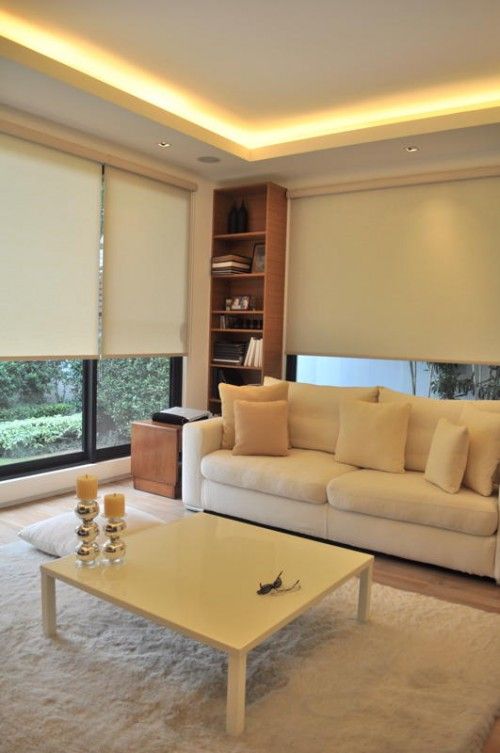
Ceiling lights are essential fixtures in any room as they provide overall illumination and contribute to the ambiance of the space. Proper placement of ceiling lights is key to ensuring optimal lighting and creating a well-balanced and inviting environment. In general, ceiling lights should be evenly distributed throughout the room to minimize shadows and provide consistent illumination. It is important to consider the function of the room when determining where to place ceiling lights – for example, task lighting may be needed in areas where activities such as reading or cooking take place, while ambient lighting can help create a cozy atmosphere in living areas. Additionally, the height of the ceiling should also be taken into account when deciding on the placement of ceiling lights – higher ceilings may require fixtures that can illuminate a larger area, while lower ceilings may benefit from recessed or flush mount fixtures to avoid a cluttered look. By carefully considering the function, layout, and height of the room, ceiling lights can be effectively placed to enhance the overall design and functionality of the space.
Proper placement of ceiling lights is crucial in any home or commercial space. Not only do they provide essential illumination, but they also play a significant role in enhancing the overall aesthetics of a room. When placed correctly, ceiling lights can create a warm and inviting ambiance, making the space feel more welcoming and comfortable. Whether you are looking to update your current lighting fixtures or are designing a new space, it is essential to consider the proper placement of ceiling lights to achieve the desired effect.
One key consideration when it comes to the placement of ceiling lights is the height of the ceiling. Lower ceilings will require lights that are closer to the surface, while higher ceilings may need fixtures that hang lower to provide adequate illumination. It is also essential to consider the size of the room and the function of the space when determining the placement of ceiling lights. For example, in a kitchen or workspace, it is crucial to have bright overhead lighting to ensure visibility and safety. In contrast, in a living room or bedroom, softer lighting can create a more relaxed and inviting atmosphere.
Another important factor to consider when placing ceiling lights is the type of light fixture being used. Different fixtures, such as recessed lights, chandeliers, or pendant lights, will require different placement to achieve the desired lighting effect. Additionally, the direction of the light and the angle at which it is projected can also make a significant difference in the overall look and feel of a room. By taking the time to carefully plan and install the right ceiling lights in the right location, you can create a space that is both functional and visually appealing.
 Decoration Ideas
Decoration Ideas








